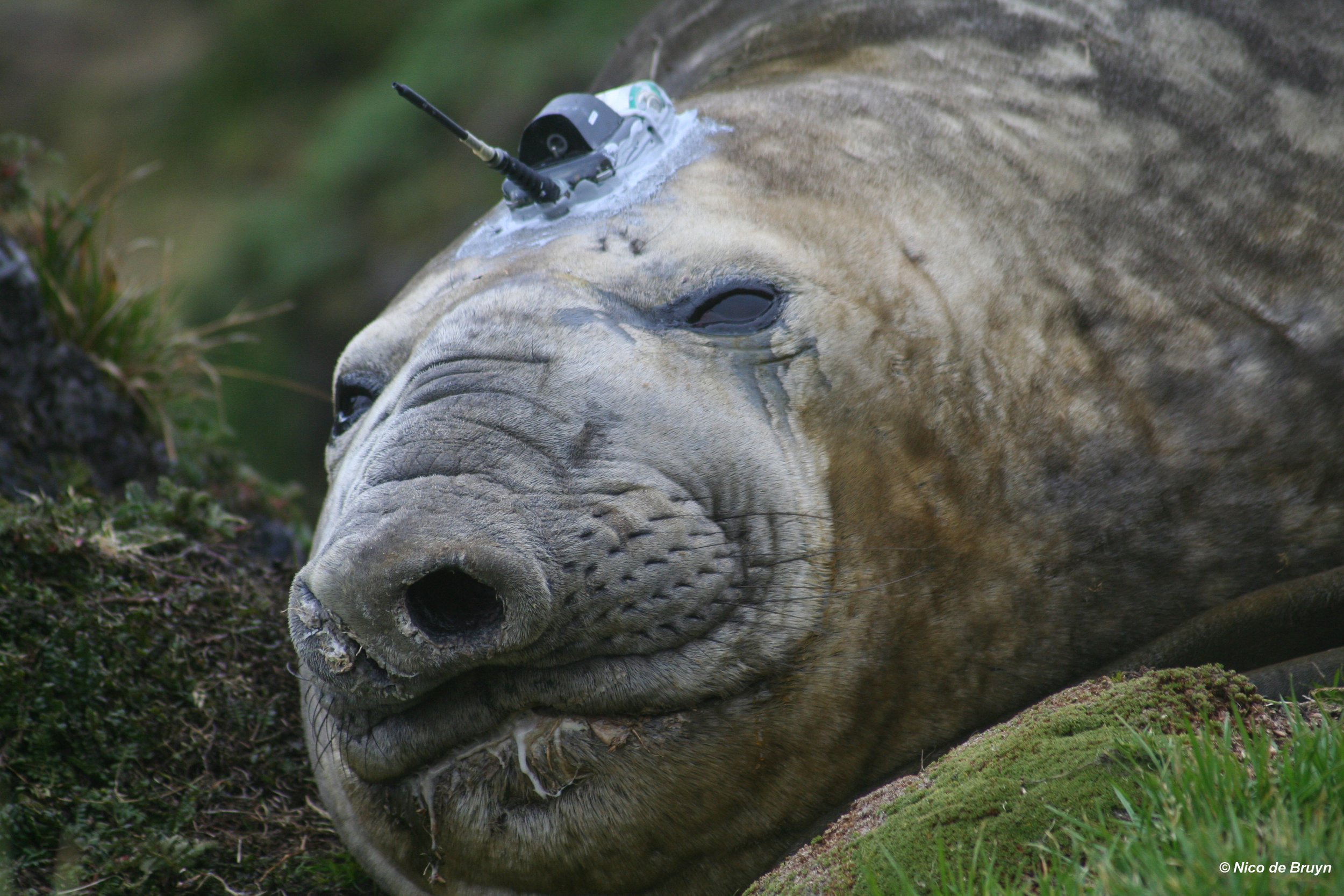NEW paper: How did extreme historical harvesting affect fur seal genetics?
/Antarctic fur seal bull on Subantarctic Marion Island. Photo: Nico de Bruyn
The MIMMP’s Nico de Bruyn and Marthán Bester contributed to a new paper published in Scientific Reports and lead by collaborators Anneke Paijmans and Joseph Hoffman, assessing the genetic legacy of extreme exploitation in a polar vertebrate.
Understanding the effects of human exploitation on the genetic composition of wild populations is important for predicting species persistence and adaptive potential. We therefore investigated the genetic consequences of one of the most extreme episodes of commercial exploitation in history. Antarctic fur seals were hunted virtually to extinction across their circumpolar distribution. However, a large genetic dataset uncovered evidence for four relict populations, indicating that the species as a whole was more resilient to hunting than suggested by historical accounts. Furthermore, despite these populations having experienced demographic declines, sufficient numbers of animals survived to retain comparably high levels of genetic variation. Our results explain the apparent contradiction between the high genetic diversity of this species and its extreme exploitation history.
Read the paper here: https://www.nature.com/articles/s41598-020-61560-8



















